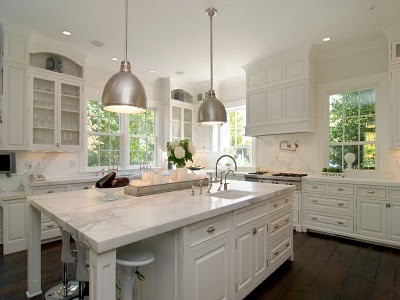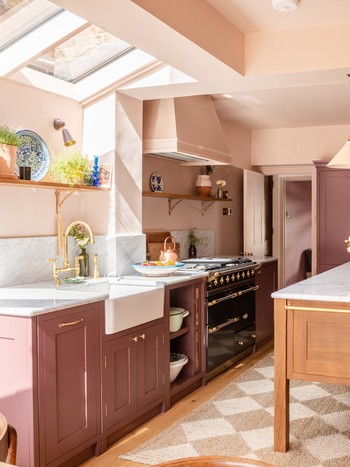Add Appeal and Character to Your Area with Legs For Kitchen Island Creations
Add Appeal and Character to Your Area with Legs For Kitchen Island Creations
Blog Article
Exploring the Different Designs of Legs For Kitchen Island: What You Need to Know
In the realm of kitchen area style, the choice of legs for your island is greater than a simple aesthetic decision; it significantly affects both design and functionality. From the smooth refinement of contemporary metal to the ageless beauty of traditional timber, each alternative offers one-of-a-kind benefits and design possibilities. Industrial styles can impart a rugged character, while rustic farmhouse legs stimulate a feeling of warmth and custom. Furthermore, the appearance of distinct decorative legs enables personal expression within useful furnishings. The question remains-- just how do you establish which design ideal straightens with your vision?
Modern Metal Legs
Modern steel legs have actually ended up being a preferred option for kitchen islands, providing both resilience and a streamlined aesthetic. These legs are typically crafted from materials such as stainless steel, light weight aluminum, or wrought iron, making them immune to tear and use, which is vital in a high-traffic area like the kitchen area. Their durable building ensures stability, fitting the weight of heavy kitchen counters and everyday use.
In addition to their stamina, modern-day metal legs been available in numerous styles, from minimal to industrial styles, permitting homeowners to customize their cooking area islands to their distinct preferences. The reflective surface areas of steel can add a contemporary touch, boosting the overall brightness of the kitchen area. In addition, metal legs can be coupled with a vast array of kitchen counter materials, harmonizing flawlessly with granite, quartz, and even redeemed wood.
Another benefit of steel legs is their convenience of upkeep; they can be merely cleaned down to eliminate any type of discolorations or spills, ensuring durability and sanitation. On the whole, modern-day steel legs not only give architectural assistance for cooking area islands yet additionally add dramatically to the visual appeal, making them a favored choice for modern kitchen area styles.
Standard Wood Legs

Traditional timber legs can take various kinds, including turned, tapered, or square styles. Square legs use a robust appearance, which can produce a feeling of security and weightiness in the layout - Legs For Kitchen Island.
Furthermore, wood legs can be discolored or repainted to match existing kitchen cabinetry or decoration, supplying personalization alternatives that boost the total visual of the kitchen. Matching these legs with a wood counter top or other wooden aspects can produce a cohesive appearance, stressing the heat and personality that typical timber brings to kitchen islands. Therefore, conventional wood legs stay an ageless selection for those looking for sophistication and functionality in their cooking area design.
Industrial Style Legs

The flexibility of commercial legs enables them to match a selection of counter tops, from reclaimed wood to brightened concrete. Their fundamental stamina makes sure toughness, making them suitable for durable usage. Additionally, the minimal design usually connected with commercial design legs can enhance the general room without overwhelming it.
Industrial legs can be integrated into different kitchen area setups, from open-concept areas to a lot more small styles. Ultimately, industrial design legs can change a kitchen area island click to find out more into a declaration piece, weding type and function in a harmonious fashion.
Rustic Farmhouse Legs
Rustic farmhouse legs embody a lovely blend of tradition and heat, making them a preferred selection for kitchens that look for to stimulate a relaxing, inviting atmosphere. Characterized by their durable construction and all-natural products, these legs usually include timber with a troubled finish, showcasing the beauty of blemishes that includes age. This aesthetic not just strengthens the farmhouse design however likewise includes character and authenticity to the cooking area space.
Typically, rustic farmhouse legs are made with durable, chunky profiles that provide substantial assistance for the kitchen island. Commonly crafted from redeemed wood, they add to a sustainable layout while offering a special story with their diverse structures and tones. The all-natural grain patterns and knots discovered in these products improve the visual allure and bring a sense of nature inside.
In addition to their visual value, rustic farmhouse legs can be coupled with numerous you could look here tabletop materials, such as butcher block or rock, creating an unified equilibrium between rustic charm and contemporary capability. This adaptability permits house owners to tailor their kitchen islands according to personal choices, ensuring that the area stays both stylish and functional for day-to-day usage.
Distinct Decorative Legs
Often forgotten, unique ornamental legs can transform a standard kitchen area island right into a declaration piece that shows private design and creativity. These legs serve not just as architectural assistances yet additionally as creative expressions that boost the overall visual of the kitchen.
Readily available in a range of designs, unique attractive legs can vary from elaborate wrought iron scrollwork to strongly turned timber patterns. For those leaning towards a more modern look, sleek steel legs in geometric forms can give a minimalist yet eye-catching charm. Redeemed wood legs with artisanal outlining bring warmth and character, aligning with sustainable design concepts.
Including special ornamental legs into your kitchen area island permits endless personalization. Color, texture, and kind can be adjusted to balance with existing style or to introduce an exciting contrast. As an example, coupling a rustic wood top with sleek brass legs develops a striking association that draws the eye.
Ultimately, picking special ornamental legs is a possibility to reveal personal preference while making certain performance. By prioritizing both layout and toughness, homeowners can develop a kitchen area island that not just sticks out but additionally functions as a useful focal point for culinary undertakings.
Conclusion
Modern metal legs supply a streamlined look, while typical wood legs provide heat and personality. Industrial-style legs introduce an urban charm, and rustic farmhouse look at here legs highlight natural charm and sturdiness.
A selection of standard timber legs can improve the beauty and warmth of kitchen islands, appealing to house owners that favor a traditional visual. Pairing these legs with a wood kitchen counter or various other wood components can produce a cohesive appearance, stressing the warmth and personality that traditional timber brings to cooking area islands. Modern steel legs provide a sleek look, while traditional timber legs supply heat and personality. Industrial-style legs present a city allure, and rustic farmhouse legs highlight natural appeal and strength. One-of-a-kind attractive legs offer as a way of personalization, ensuring that the cooking area island not only sustains practical use however also boosts the overall layout of the kitchen area.
Report this page